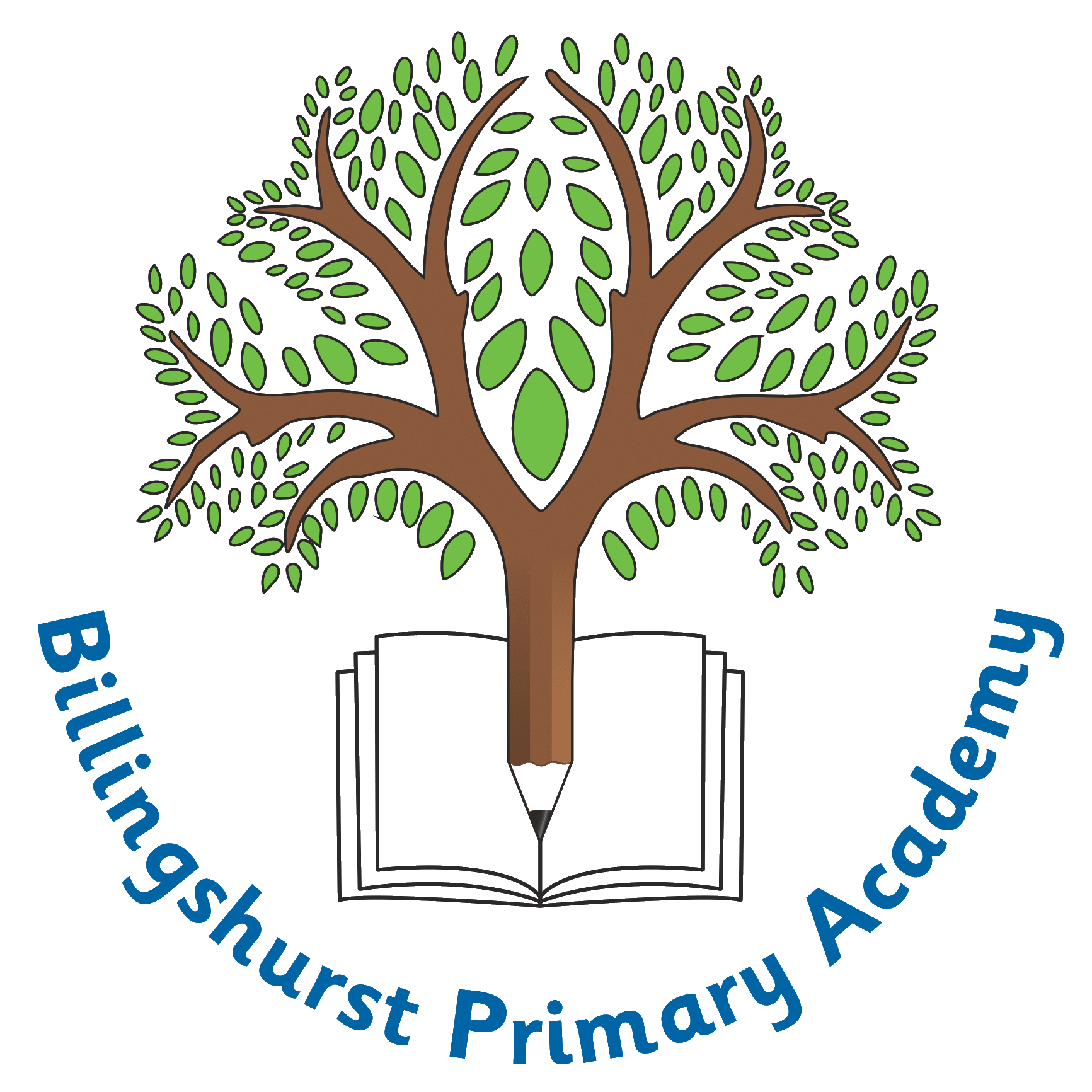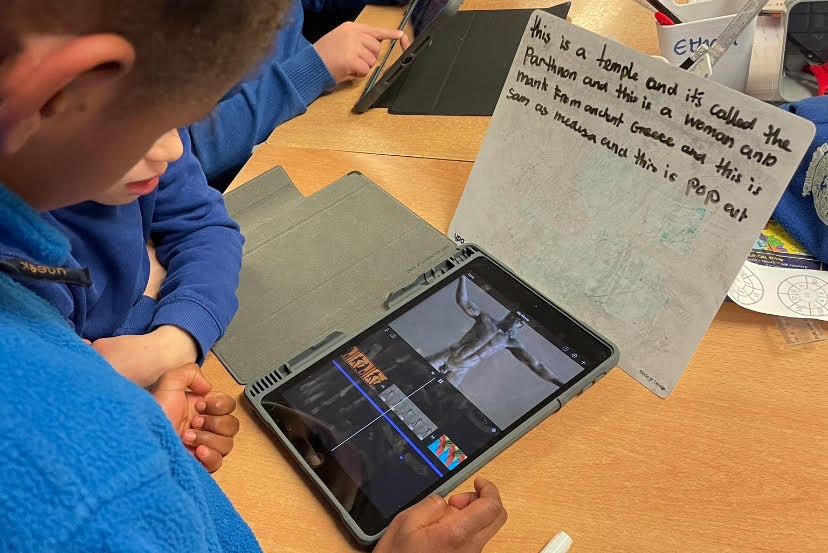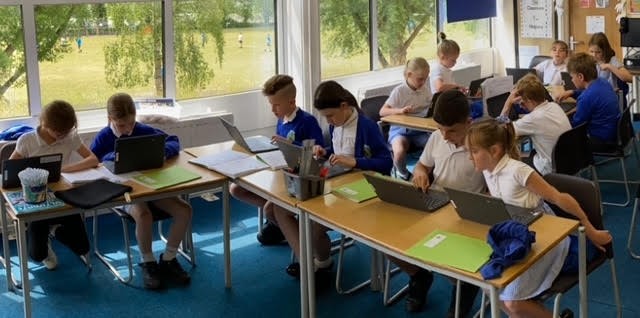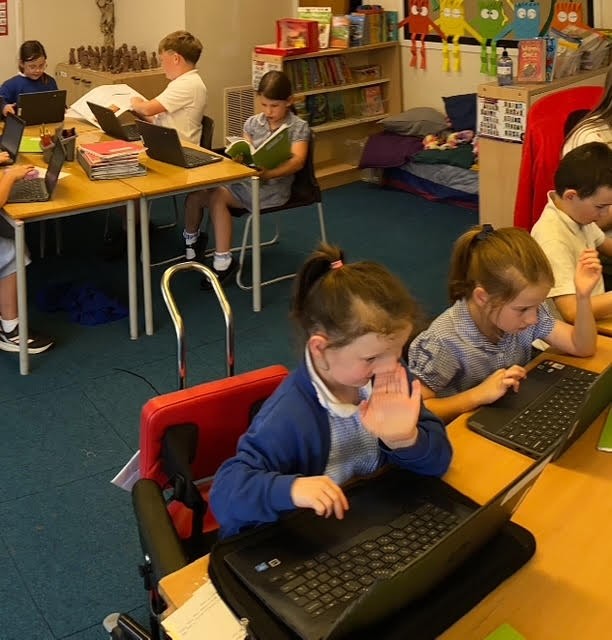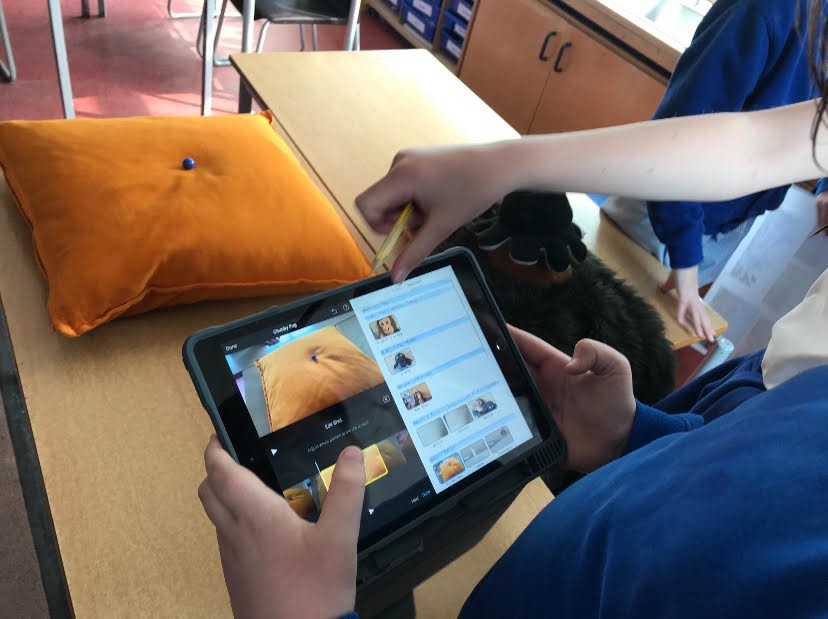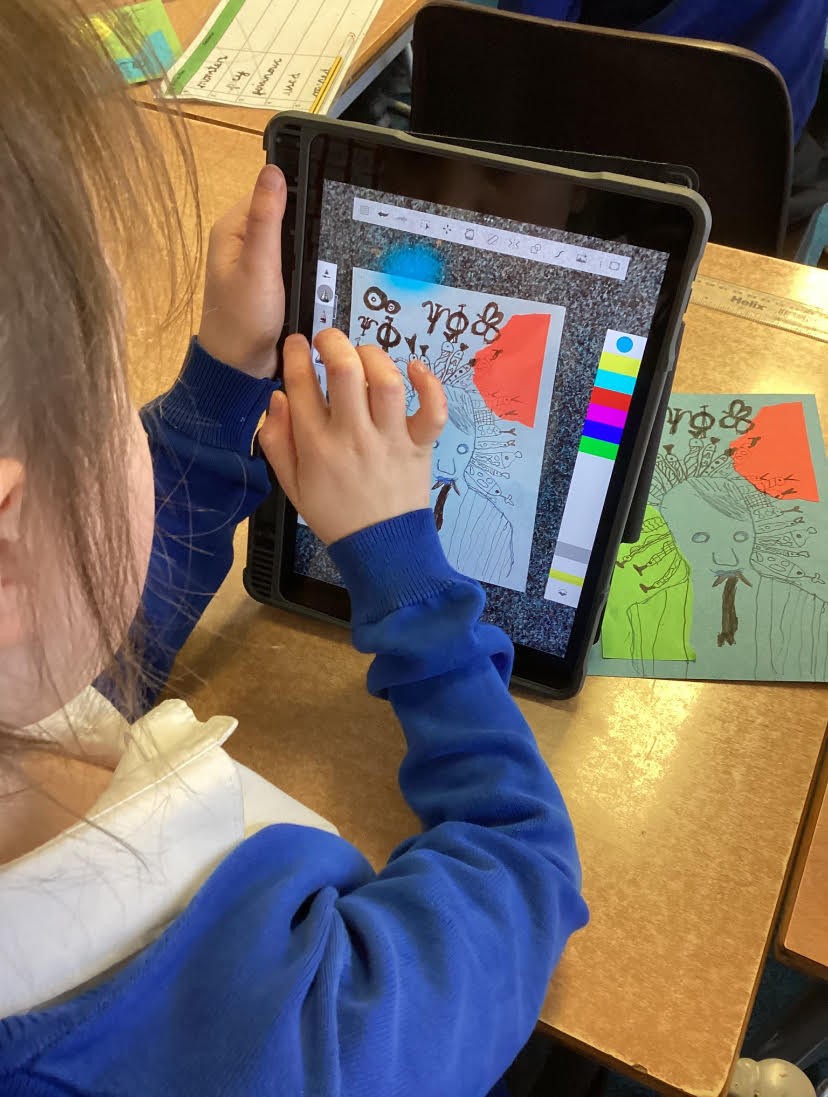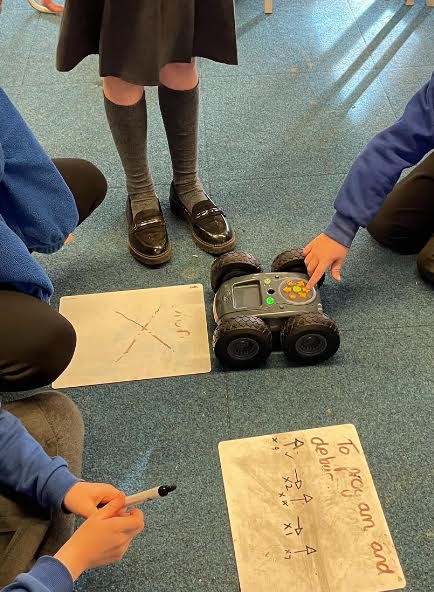At Billingshurst Primary Academy, the teaching of Computing reflects our school values: Ambition, Belonging and Courage and is embedded across the curriculum.
In most cases, Information Technology skills are covered through project-based learning rather than being taught discreetly. This gives children the opportunity to develop these skills through our broad, balanced and exciting curriculum and allows skills and knowledge to be progressive and built upon each year.
Computer Science skills are taught more explicitly and time is spent using a variety of equipment and different devices, which allows children to explore, develop and reflect on these skills.
Digital Literacy skills are essential and are reflected upon whenever technology is used throughout the year. These skills and knowledge will also be covered in Lifeskills and every child will actively take part in Safer Internet Day each year.
Prior to beginning a new project, children will have the opportunity to explore new software as part of a “Tinkering Session”. They are given the opportunity to explore, experiment and familiarise themselves with the different elements and tools of new software before applying them in a more focused approach. This session allows teachers to carry out informative assessments to assess each child’s level of skill prior to beginning a project.
Following this session, the Computing curriculum is then delivered using the D.A.R.E.S Approach (Design, Apply, Refine, Evaluate, Share). When using new software/apps, this approach ensures that children have the opportunity to explore, plan, create and reflect on their use of the technology and software. It encourages children to be critical thinkers, problem solvers and computational thinkers.
D - Design: Children start by discussing the desired outcome for their project and are given time to tinker with the software to explore, experiment and familiarise themselves before planning what they will do to achieve their outcome.
A - Apply: Children are given the opportunity to create, make and produce content using the app or software explored in the design lesson(s)
R - Refine: Children spend time considering ways to modify and improve their projects to get the best results possible. They should also consider their audience and purpose related to the design brief.
E - Evaluate: Upon completing their desired outcome, children are given the opportunity to reflect and consider how effectively they have
achieved their goal.
S - Share: Children are given the opportunity to publish and exhibit their work to the world.
